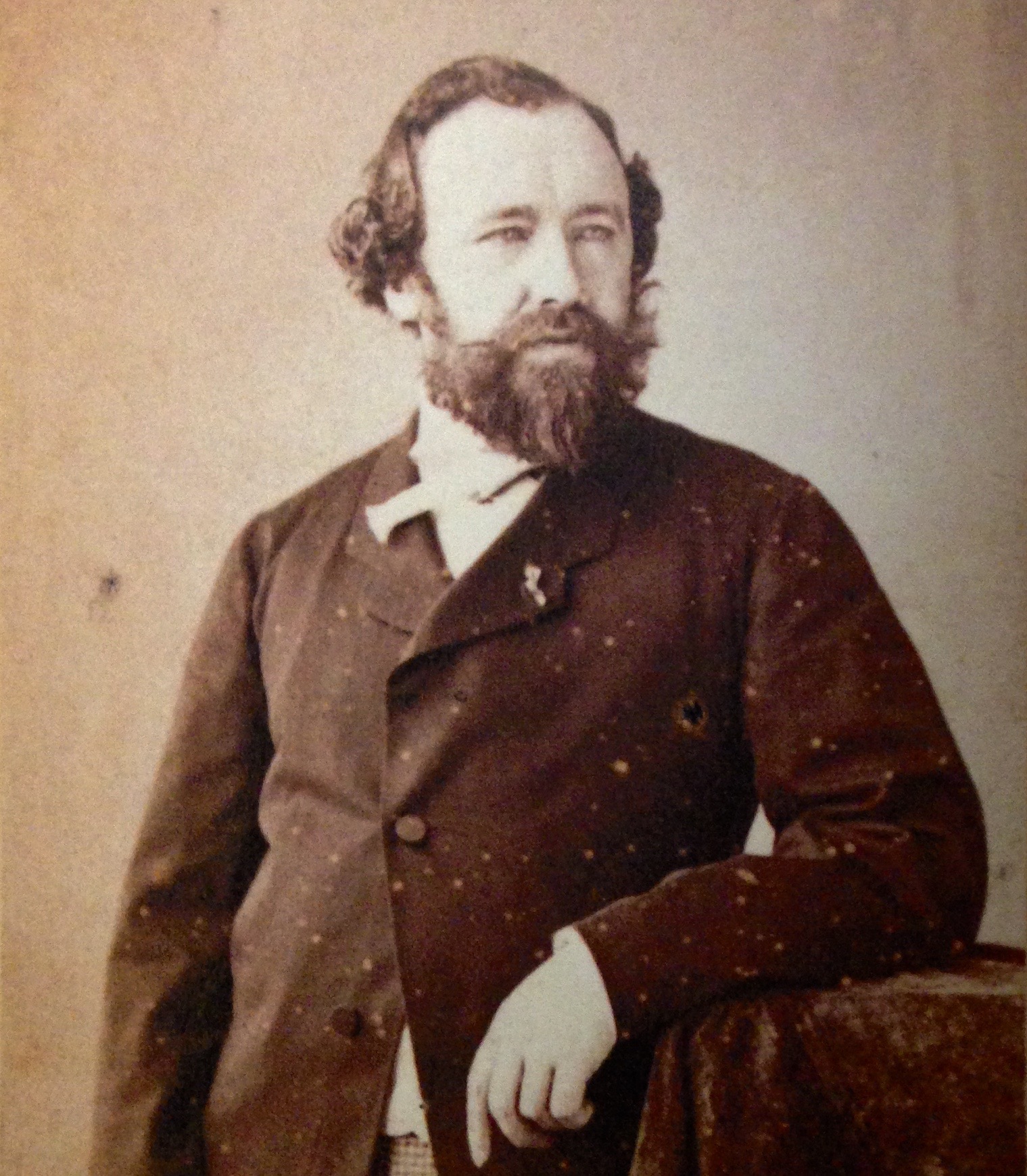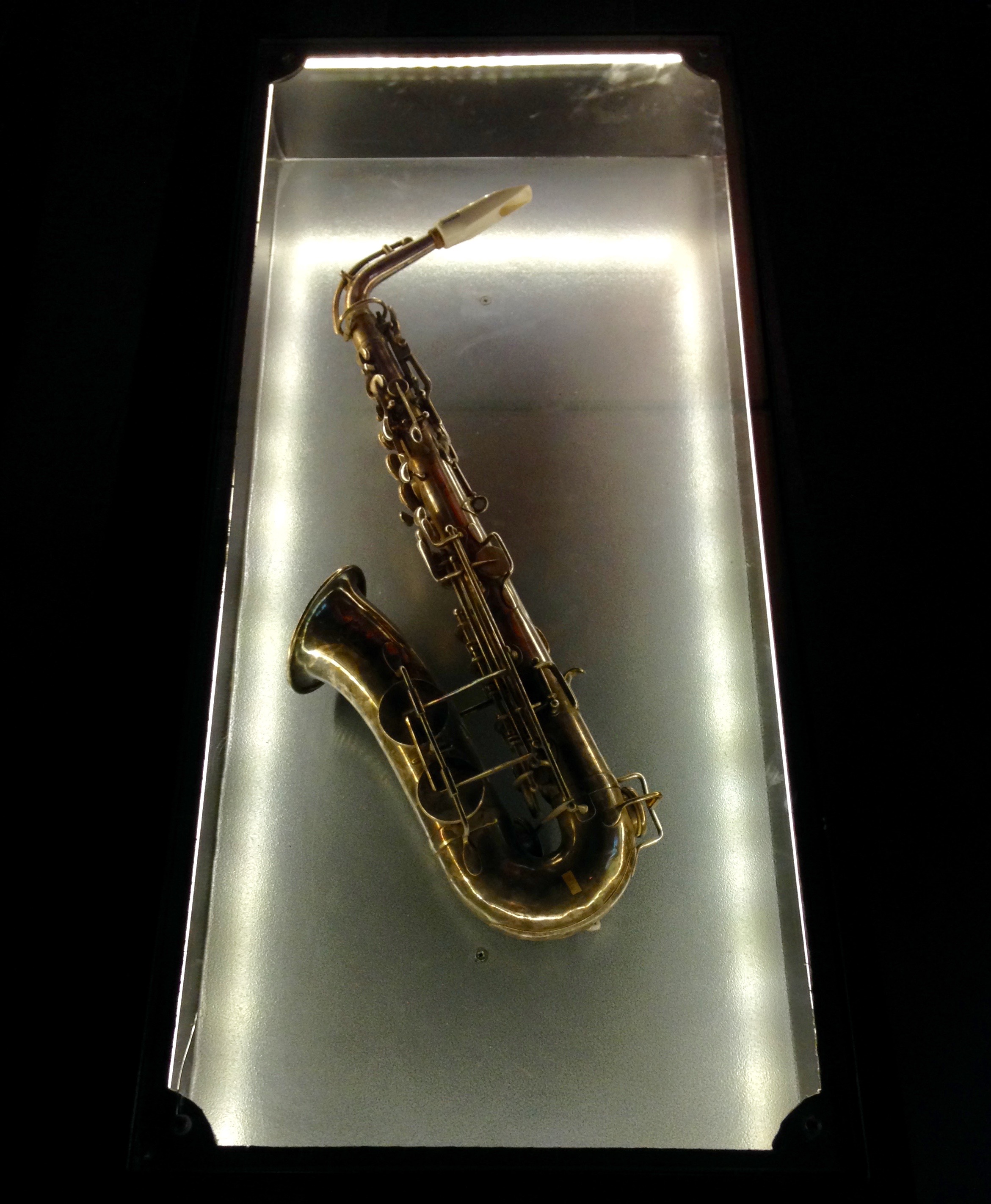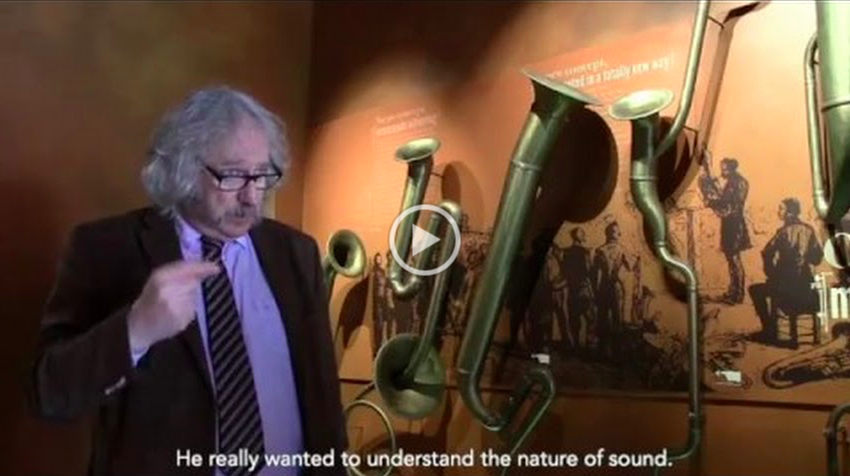What would jazz be without The Sax?
And by Sax, we mean two things: the musical instrument which makes the kind of sound that makes you want to take your clothes off AND the name of the Belgian genius who invented it.
Oh yes, Belgium has much more to be proud of than just its beers, chocolates, and fries. The country also produced the man who masterminded the instrument which would revolutionize the sound of jazz.

The genius from Dinant
Adolphe Sax was born in the idyllic city of Dinant in the province of Namur. As a child, he exhibited signs of remarkable talent and ingenuity. He could sing, play the flute and clarinet, and tinker with instruments. His father, Charles-Joseph was a prominent maker of musical instruments and under his guidance, Adolphe’s musical and mechanical skills flourished.
The boy was clearly destined for something great and not even a bizarre childhood could get in the way. Biographers recount how young Adolphe went through several near-death experiences like swallowing a cup of water with sulphuric acid, falling on a cast iron stove, being hit on the head by a paving stone, falling into a river, and more. He miraculously survived each ordeal. The world just wouldn’t let him go. Life without the saxophone was simply not an option.

The twisted idea that led to a twisted invention

The ability to think ahead of one’s time is every great inventor’s blessing and curse. Novel ideas enable novel inventions, but radical thinking also attracts hostility. Such was the story of Sax. Instrument makers of his time generally believed that to create quality wind instrument, all you needed was good material. But Sax was more concerned about improving the flow of air inside the instrument to create the perfect sound. He believed the magic lay in the design, not the material. His theory was too twisted for most of his peers. After all, material was easy to handle whereas flow of air was hard to control.
What came out of that twisted idea was the saxophone, a brass instrument literally twisted into a parabolic cone to ease the flow of air and release “a sound imbued with tenderness and delicate and contained passion.” (Georges Bizet)
The saxophone family of instruments was formally introduced in 1840 and patented in 1846 in Paris where Sax lived until his death in 1894. There were seven instruments all in all consisting of the soprano, soprano, alto, tenor, baritone, bass, and contrabass saxophones. Sax was the first instrument maker to invent a whole family of instruments.

The sax meets jazz
Jazz undoubtedly made the saxophone a star. But the saxophone also raised jazz to a whole new level. With its powerful and seductive sonority, the sax quickly overshadowed the trumpet and the clarinet which were the original divas of jazz.
But before jazz even existed, the sax was merely an accompanying instrument for military music which was popular in Europe. It was never meant to be a solo instrument. That is, until jazz happened in the United States.
From Europe, the sax found its way to the U.S. in the late 19th century when other instrument makers started taking an interest in it. The arrival of the sax coincided with the development of jazz as a genre.
Jazz is basically a fusion of African and Western music. African musical traditions reached the U.S. as a result of the transatlantic slave trade which brought hundreds of thousands of Africans to North America. Black rhythms copulated with white harmonies and boom, jazz was born. It took off in New Orleans and eventually spread to the world.
The sax achieved full and lasting glory in the 1920s Golden Age of Jazz especially after two celebrated American musicians made it their instrument of choice. Sidney Bechet became the first jazz star to popularize the soprano sax, and Coleman Hawkins became the first famous tenor sax player.
Jazz icon Sidney Bechet on soprano sax
The world may remember Sax only as the inventor of the saxophone. But there was more to his brilliance than just a single instrument. The saxophone was just one of about forty inventions and innovations born of his genius.
As we celebrate International Jazz Day on April 30, let’s give a toast to the man whose legacy continues to enrich the world of music. Just imagine, what would jazz be without The Sax.



